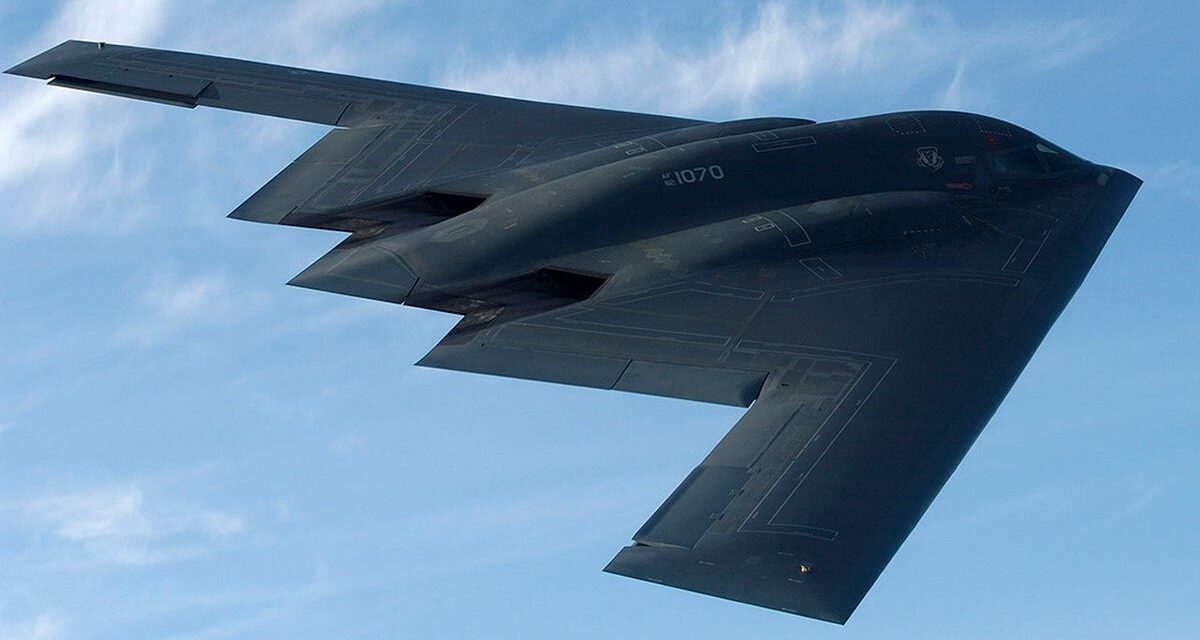In an evolving global landscape, where military might and strategic diplomacy often intersect, the significance of aerial power projection cannot be overstated. One of the most potent symbols of air supremacy is the strategic bomber, a versatile weapon that acts as a tool of deterrence and a means of diplomatic assurance. As nations grapple with complex geopolitical relationships, the imperative to enhance the respect and fear associated with bomber capabilities becomes apparent.
The enduring relevance of strategic bombers is underscored by their ability not only to deliver devastating payloads but also to serve as a formidable tactical tool in negotiations. Countries that possess advanced bomber fleets demonstrate a formidable presence on the global stage, which can influence diplomatic dialogues. In the current climate of heightened tensions, particularly among nuclear-armed states, ensuring that potential adversaries perceive the bomber fleet as a credible threat is paramount.
The historical context is essential to understanding this dynamic. Following World War II, the introduction of nuclear bombers significantly altered the nature of warfare and international relations. Nations recognized the deterrent effect that such capabilities had on potential aggressors, essentially acting as a safeguard against invasion and military engagements. The Cold War emphasized this notion, with both the United States and the Soviet Union investing heavily in their strategic air power while influencing diplomatic negotiations through the mutual fear of retaliation.
One critical aspect of bolstering this fear involves modernizing existing bomber fleets. For the United States, the B-52 Stratofortress, the B-1B Lancer, and the B-2 Spirit are not merely relics of the past; they represent a continuous evolution of air power. Upgrading avionics, enhancing stealth features, and integrating precision-guided munitions are necessary steps to maintain their relevance in modern combat scenarios. Ensuring these aircraft remain at the forefront of military technology sends a compelling message to adversaries.
Furthermore, the introduction of the B-21 Raider signifies a commitment to maintaining strategic air superiority. As a next-generation stealth bomber, the B-21 is designed to evade advanced air defense systems, thus enhancing its survivability in contested environments. The very anticipation of this aircraft’s operational deployment adds an additional layer of deterrence, compelling adversaries to reconsider potential aggressive maneuvers.
To amplify the impact of a robust bomber fleet, integrating these capabilities within a broader strategy of deterrence and diplomacy is essential. This integration hinges on several factors, including multinational exercises, collaborative training programs, and intelligence-sharing agreements with allied nations. Such initiatives not only enhance operational effectiveness but also serve to project unity and resolve among partners.
Joint exercises involving bombers present an opportunity to demonstrate to adversaries that the combination of air power and allied support stands firm against coercive actions. For instance, recent exercises in the Indo-Pacific region have showcased the ability of U.S. bombers to operate alongside allied forces, effectively sending a clear signal of commitment and reinforcing deterrent capabilities. These exercises also act as a platform for testing new strategies and technologies, further fortifying the capabilities of the entire allied force.
Diplomacy plays a significant role in ensuring that the fear associated with bomber capabilities is not merely a projection of military might but is ground in strategic rationale. The U.S. must complement its military dominance with thoughtful diplomatic strategies aimed at reducing misunderstandings and managing conflicts proactively. Engaging in arms control talks, for example, establishes communication channels that help regulate adversarial perceptions of bomber operations. Clear communication regarding the purpose and objectives of air operations can alleviate tensions and prevent spiraling conflicts.
Moreover, establishing norms around the use of bombers in international affairs is vital. Invoking international treaties and agreements focused on arms reduction can prevent escalations while allowing for transparency in military capabilities. Nuclear Non-Proliferation Treaty (NPT) commitments must be reinforced, emphasizing that the aim of the bomber fleet serves not only as an instrument of deterrence but also as a means of achieving strategic stability.
As the U.S. navigates a multipolar world characterized by the rise of new regional powers, developing non-military avenues to address aggression becomes increasingly important. Engaging in economic partnerships, creating platforms for cultural exchange, and offering humanitarian assistance can counterbalance military posturing. In parallel, the symbolic might represented by bombers should not be the sole currency of diplomacy. Reliable diplomatic channels can showcase America’s commitment to peaceful resolutions, underpinned by a tangible threat if deterrents prove necessary.
The psychological dimension of deterrence should not be overlooked. Potential adversaries must be convinced of the consequences of aggression. Regular bomber patrols and positioning of aircraft in strategic locations communicate to nations that escalation can lead to repercussions. Clearly defined acceptance of these risks helps reinforce the intended fear factor, serving as a cautionary reminder that hostility will not be taken lightly.
In conclusion, the dual role of bombers as instruments of both diplomacy and deterrence is critical in maintaining global security in an increasingly complex world. The enhancement of bomber capabilities, coupled with thoughtful diplomatic strategies, serves to project power while maintaining open lines of communication with adversaries. A robust bomber fleet, backed by a commitment to strategic engagement, will ensure that potential enemies perceive the strength and resolve of the United States. Balancing military power with diplomatic dialogue will forge a path toward stability, ensuring that the bomber remains a cornerstone of national defense, resonating respect in international discourse.
































